The people’s princess’: why the fascination with Diana continues into the digital age
Whether worshipped for her relatable attitude or just her iconic ‘Diana eyes’, what is it about the The Princess of Wales that's made her a lasting legacy?
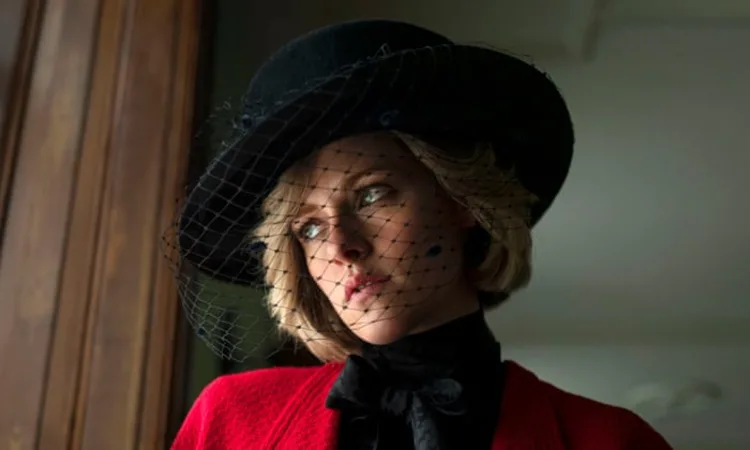
Lady Diana Spencer, in all her eras and forms, has always been a figure of fascination, admiration, and fixation. She is both an idol and an urban legend. Shrouded in scandal and secrecy, speculation into who she really was became an obsession for many. What was it about her that has led to the endurance of the Diana obsession?
Yet, despite the genuine adoration, the gritty truth behind her “loneliness” in the palace and tumultuous marriage, and the sheer tragedy of her death, there has always been a campness in following her.
This is intensified by the newfound love for the Princess of Wales that has been growing in the generation that weren’t even conceived at the time of her death. Collecting vintage mugs, plates, blankets with her face on; marvelling at the sheer drama of it all; the insanity of Tampongate; her marvellously 80s sense of style.
Just what was it about Diana that led to her huge impact?
Diana was a woman of the people, in the way that the daughter of a viscount can be. Her education and early life were surrounded by vast levels of wealth and privilege. And yet she moved to London and took a series of low paying jobs upon graduation from finishing school. Being young and carefree in the city, rich but seemingly humble, she could be constructed into someone who was just like us. Or could be. She was very much the bright young thing, the ingénue with a heart of gold we could both aspire to be and adore from afar.
Diana was cool, too. She had famous friends who she’d have fun with (the story of Freddie Mercury sneaking Diana into a gay London club is almost wild enough to be true). She didn’t seem to care much for the stuffiness of the upper class, which in the world of the celebrity, makes her Just Like Us.
Diana’s introduction to Charles itself was reality TV levels of scandalous. He was originally dating her older sister, Sarah. Inter-family romantic drama has always stood the test of time, from the love triangle within Louisa May-Alcott’s Little Women to the ongoing speculation of which boyfriends the Jenner-Kardashians may have shared over the years. That such a high profile couple could be reduced to a bickering younger sister and a young heartbreaker made them seem human, the drama more akin to that of school hallways, despite their twelve-year age gap.
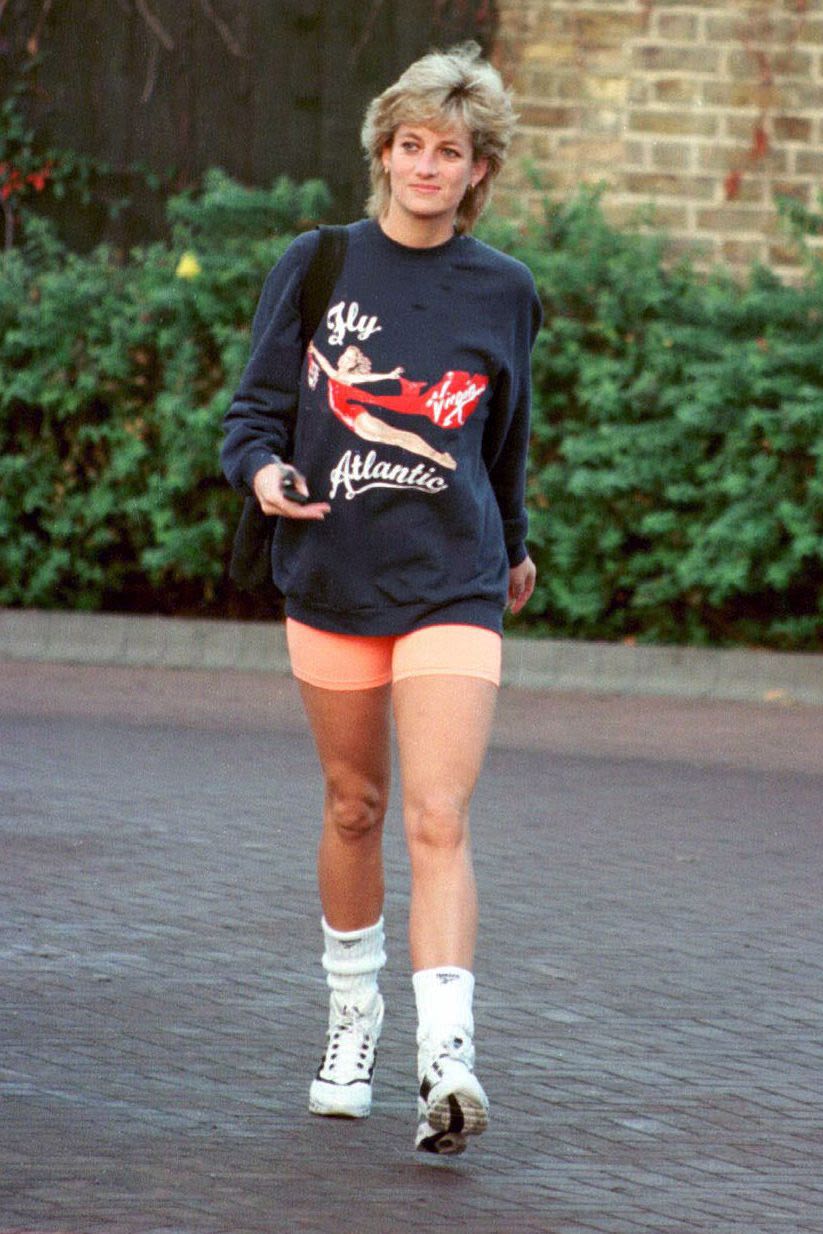
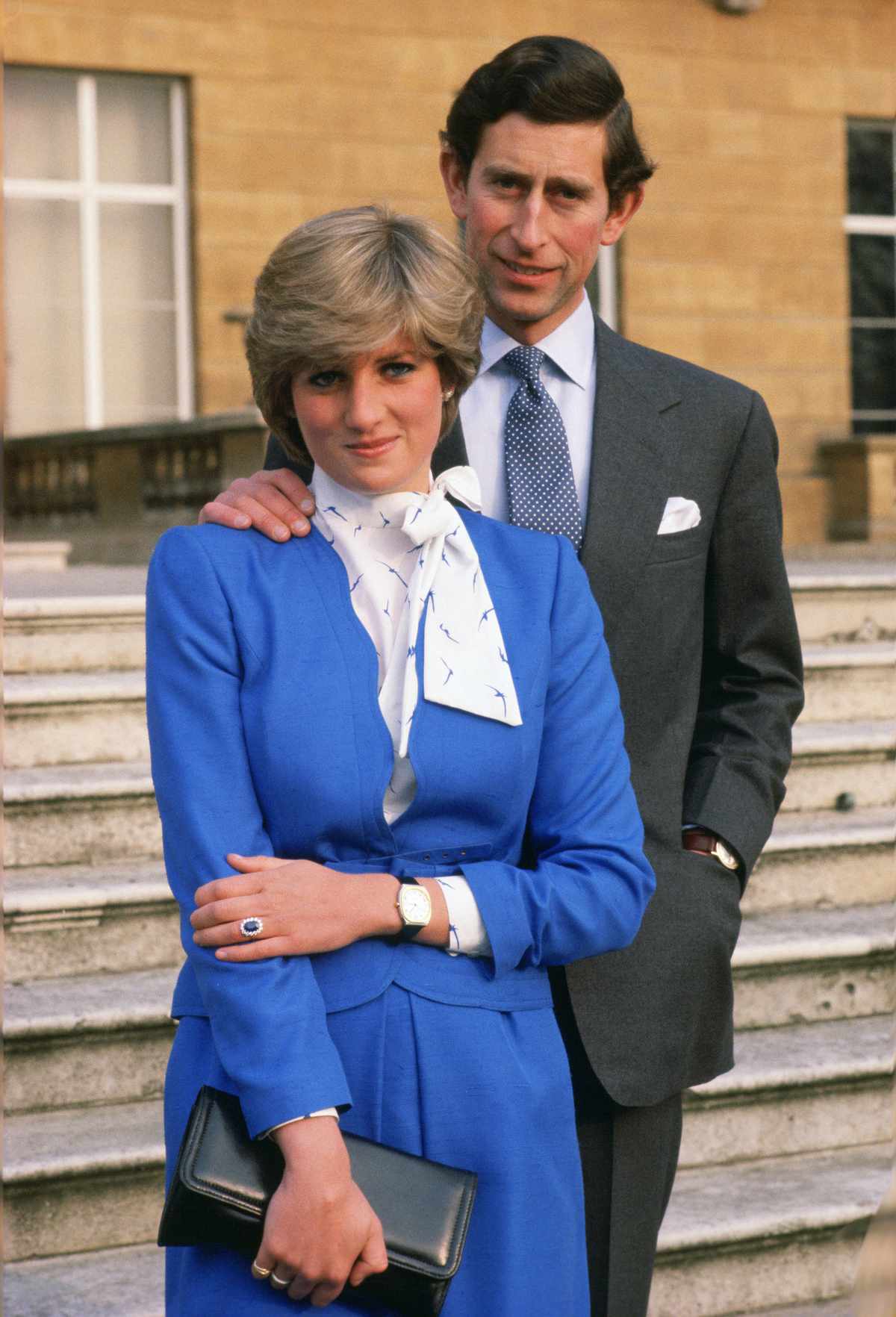
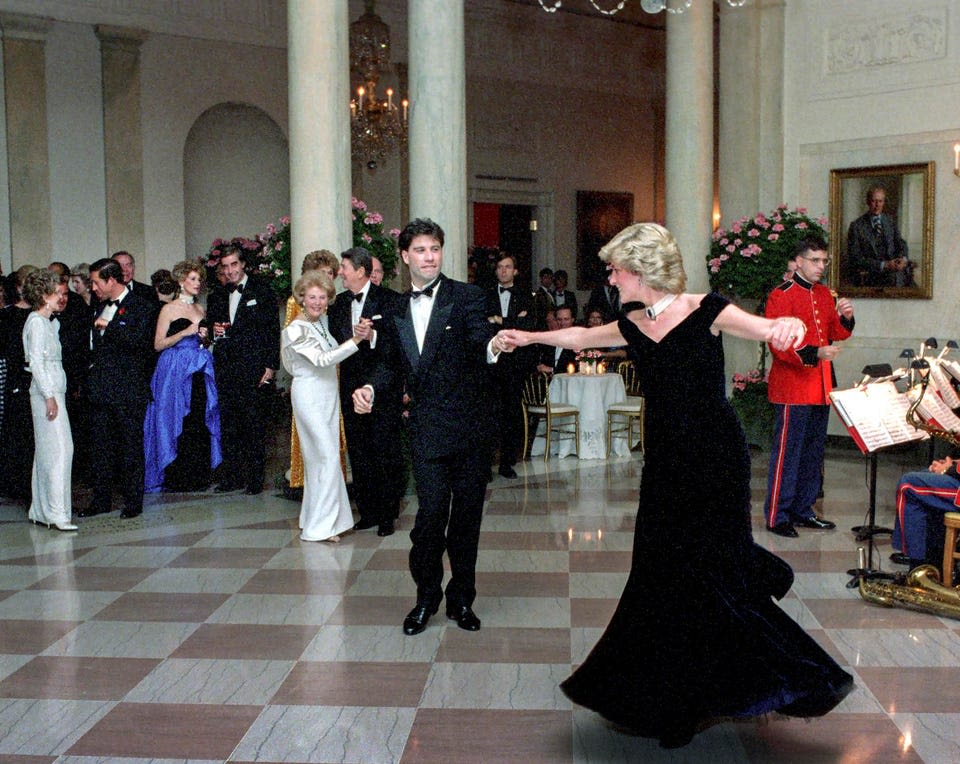
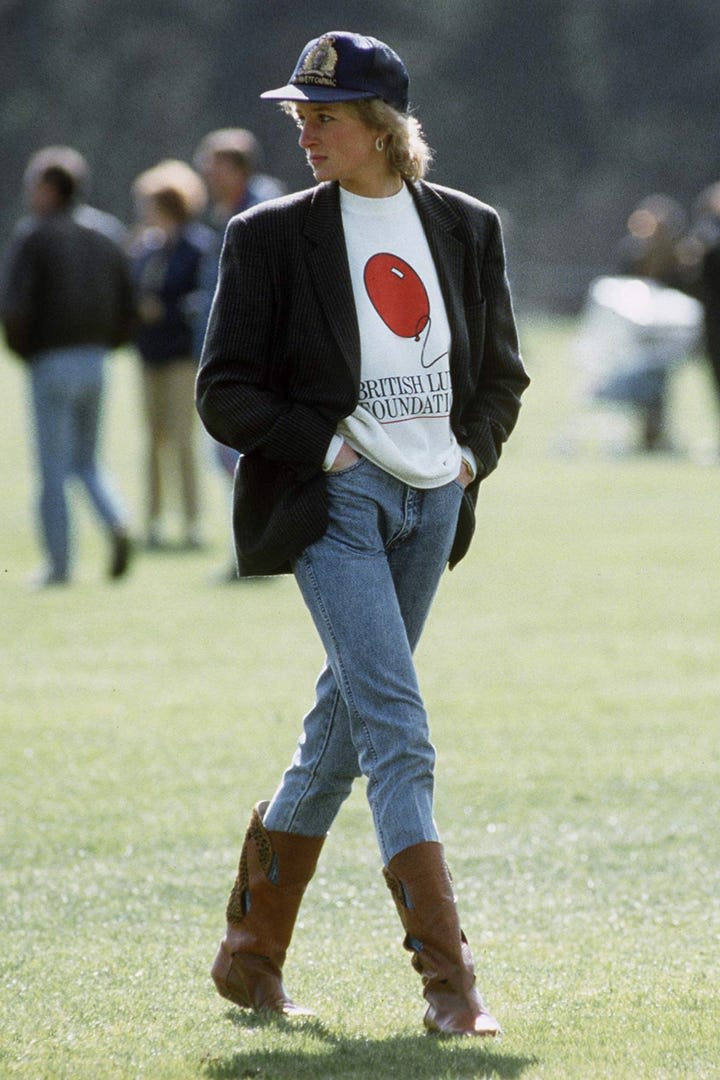
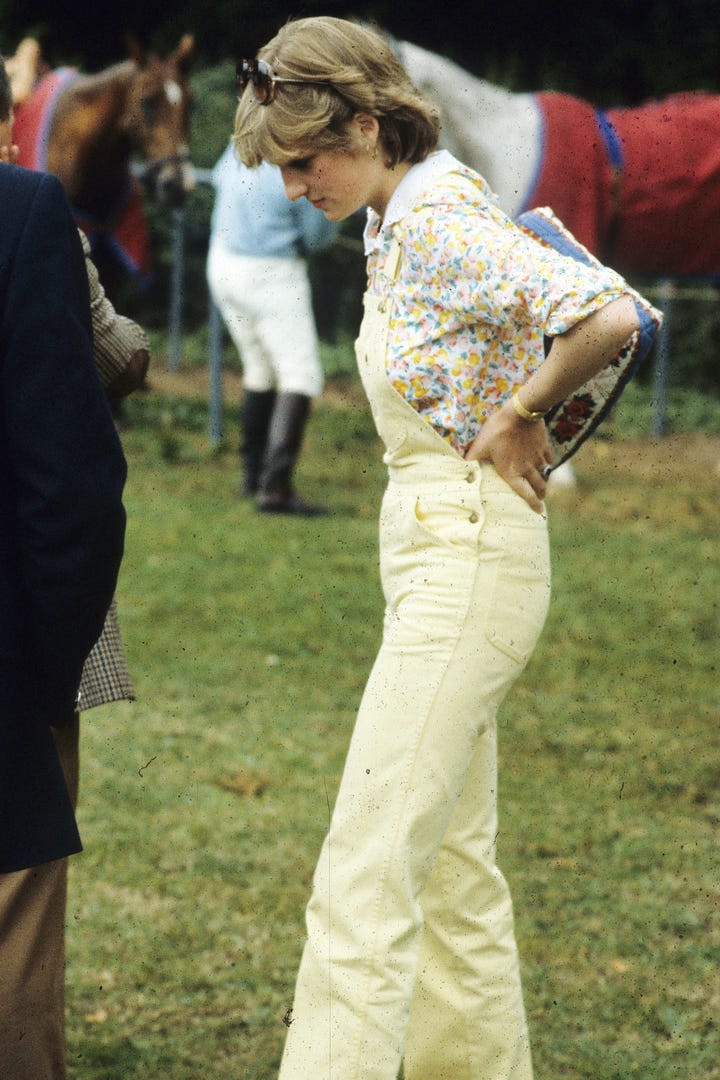
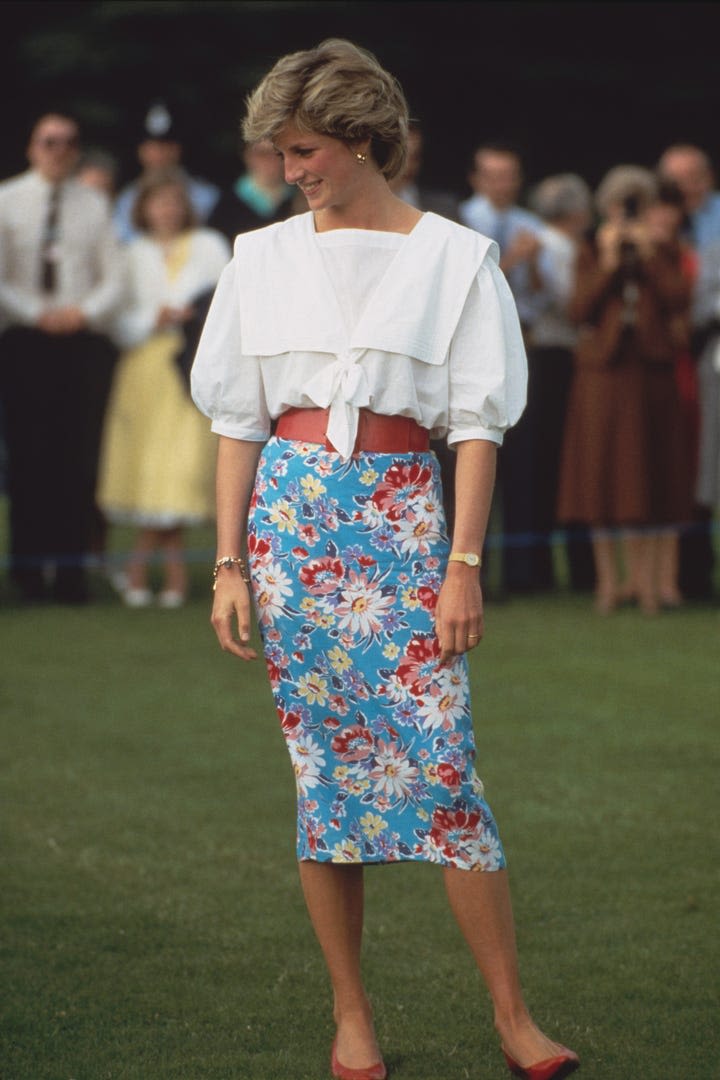
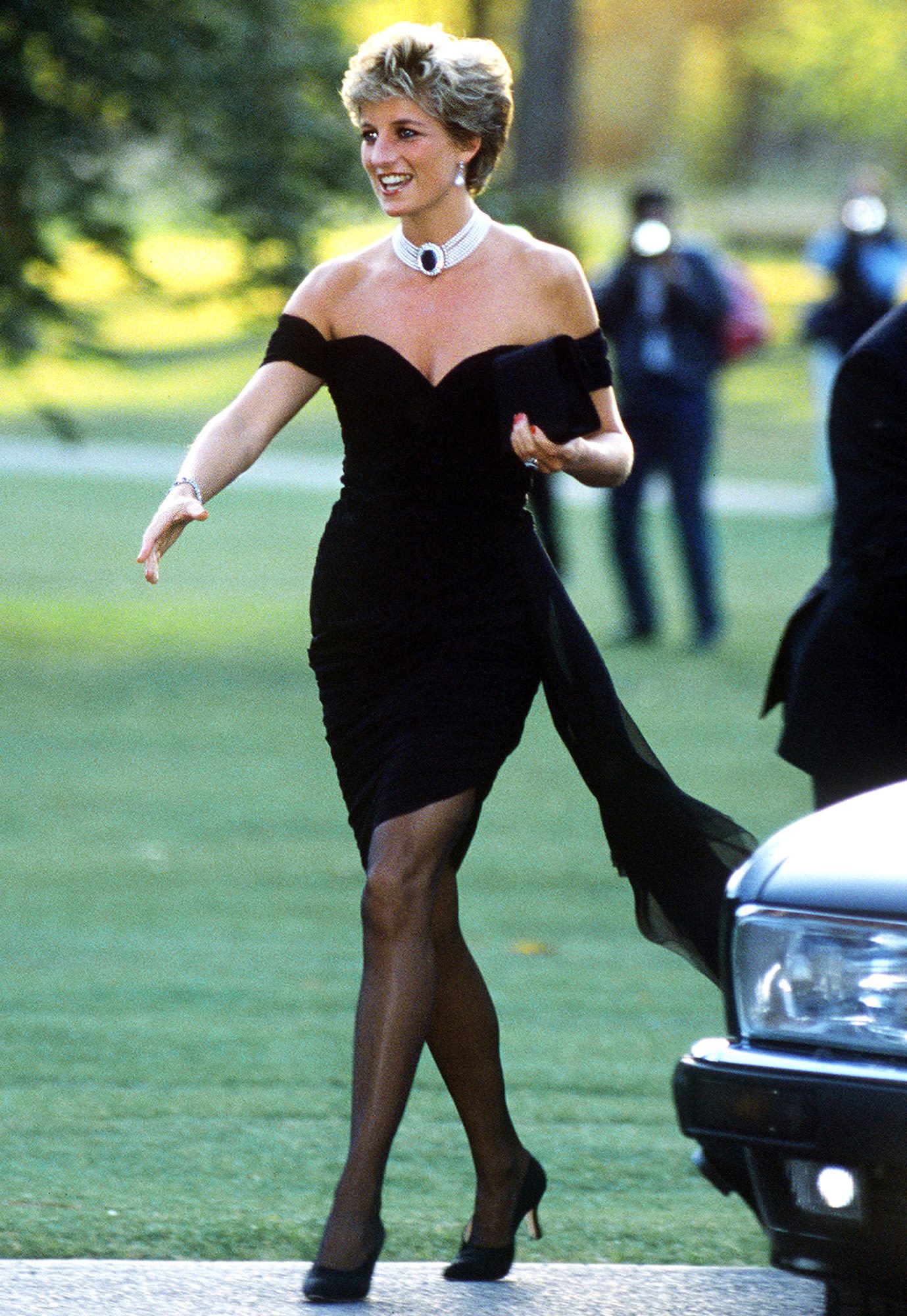
Their whirlwind romance was construed by many as a fairytale. Very quickly, though, it was clear the ever after would not be a happy one.
Diana was outcast from the family for her unconventional approach to being a royal. She wanted to be more hands on, than previous royal first ladies. It was widely reported by the tabloids that the Queen was not her greatest fan for drawing so much attention to her charitable actions (God forbid a woman comes into a position of power and tries to actually use it!).
This set her up in the press as a foil to the snobbish, far-removed royal family. In taking a stand against their status quo, and doing so for the sake of the ‘greater good’, she served as both an emblem of hope and subversion. From hugging those with HIV/AIDS (promptly cementing herself in history as an LGBTQIA+ icon), to her work at Great Ormond Street Hospital, her humanitarian work was highly admired. But beyond that, she seemed to push for a more progressive monarchy, one that was inclusive and held actual views, and the right ones at that.
When the stories broke of her seeming mistreatment within the palace describing her loneliness and decline in mental health, this humanised her further. Someone so young and so famous actually suffering, not simply existing in the vacuum of the celebrity sphere, made her someone the public wanted to protect.
Whilst Diana had her own share of affair rumours, Camillagate and the release of that phone call between Charles and Camilla led public opinion to being predominantly on Diana’s side. At the heart of a scandal was a sellable narrative: there lay a young, kind princess and a clear villain.
And then came the tragedy. A year after Charles and Diana settled their divorce, not enough time to sway public opinion too much (although enough time to begin a new romance with film producer Dodi Fayed), Diana died in a car crash in Paris, along with Dodi and the driver. It shocked and devastated the country and the world. Tributes flooded in globally. Conspiracy theories speculating who, if anyone, was to blame for the death started almost immediately, led by Dodi’s father, business tycoon Mohammed Al-Fayed.
For many of the same reasons, Diana appeals to younger generations too. And as we weren’t there at the time we can craft a narrative with an even kinder eye, picking and choosing between fact and fiction. For Diana, the narrative is one of style, of kindness, and of being caught on the wrong side of controversy.
Despite not being particularly dramatic or exciting, Diana’s style has become a reference point for many. As is the way in the world of fashion, the constant recycling of trends has led to homages to certain outfits frequently making their way onto the catwalk, or being emulated by influencers (such as Hailey Bieber in 2019’s Harper’s Bazaar). Her style has seemingly stood the test of time, in a similar vein to that of Audrey Hepburn or 90s supermodels, and bled into the Pinterest boards of the 21st century.
What adds to this is recent influx in nostalgia in media, a collective reminiscing to times some might not have even been alive in. Think Olivia Rodrigo’s noughties alternative scene kid sound or Wes Anderson’s 70s inspired The French Dispatch.
Perhaps as a way to distract ourselves from the seeming hopelessness of the world right now, we are all looking back at our childhoods, or even our parents’ childhoods, with rose tinted glasses. We marvel at her, yet almost enjoy how removed we can be from the situation. A sort of “I may be struggling at uni, or with friendships, or with loneliness, but at least I’m not the outcast princess of Wales watching my husband having an affair as I have to abide to the pressures of royal life”. The world of celebrity has always fascinated and repelled us equally. We want to submerge ourselves in a different realm, one of bright colours and scandals we can detach ourselves from.
But her timelessness does not explain the layers of comedy within the sudden resurgence in popularity. An element of subversion of power is added to her idolisation. In collecting memorabilia and almost reliving her legacy, it’s a finger up to the older generation; a generation that saw her as the perfect, people’s princess. We can recognise that what has been lost amongst the idolisation is that she is still just a famous person. We laugh at the sincerity with which the world seemed to adore her, for taking it all at such face value. It’s tongue-in-cheek mocking, our little in-joke. Those of the baby-boomer generation write articles wondering why we look at her so endearingly, proving just how little they get and highlighting their position outside of the joke
It’s silly and meme-able to collect vintage mugs with Diana’s face on, and to get carried away speculating the circumstances of her death. The royals will always have an over-the-top campness to them, a kitchness to those who don’t care.
And yet, whilst it is largely a source of comedy, perhaps there is some sincerity in our collective fixation of Diana. In part due to the more empathetic portrayals of Diana in recent adaptations such as The Crown or Spencer, we’re reminded once more of her more raw and real aspects. Stripped from the romance and the glamour and the controversy, we recognise in her a loneliness. Someone suffering from severe mental health issues. Someone having to deal with a lot but with little support. It’s a position that many find themselves in today, what with the continuous pressures of being young and the total lack of resources available to combat them with. Despite the levels of wealth and fame, we continue to find the pathos and the relatability in her character. She’s a tragic emblem of hope, someone who smiled through a lot of pain.
Within all this theorising I should probably reflect on why I, a twenty-year old who can’t even sit through half an episode of The Crown, now have five items of original Diana and Charles royal wedding memorabilia on display in my room. I think there’s something funny in having such dated pieces amongst more modern posters. And I do actually think her style was great (I’m a sucker for her riding boots blazer combo). But it’s the sheer ridiculousness of it all, the bits I can’t explain, that keep me hooked. It’s the fun of spotting mugs or plates in charity shops. It’s the fact that everyone secretly harbours an opinion of just what happened in that Parisian tunnel in 1997. It’s the way she brought people together then, and she brought people together now. In a forum of constant disagreement such as that of the online sphere, it’s nice to have a pocket of silliness, and more importantly, a pocket of no debate. She really is, in every way, our Di.
Images in order of appearance: Neon/Topic Studios/PA, Anwar Hussein/Getty Images, Tim Graham/Getty Images, Pete Souza/The White House/Getty Images, Getty Images, New York Daily News Archive/Getty Images, Tim Graham/Getty Images, Anwar Hussein/Getty Images, Tim Graham/Getty Images, Jayne Fincher/Getty Images, Netflix, Des Willie/Netflix
